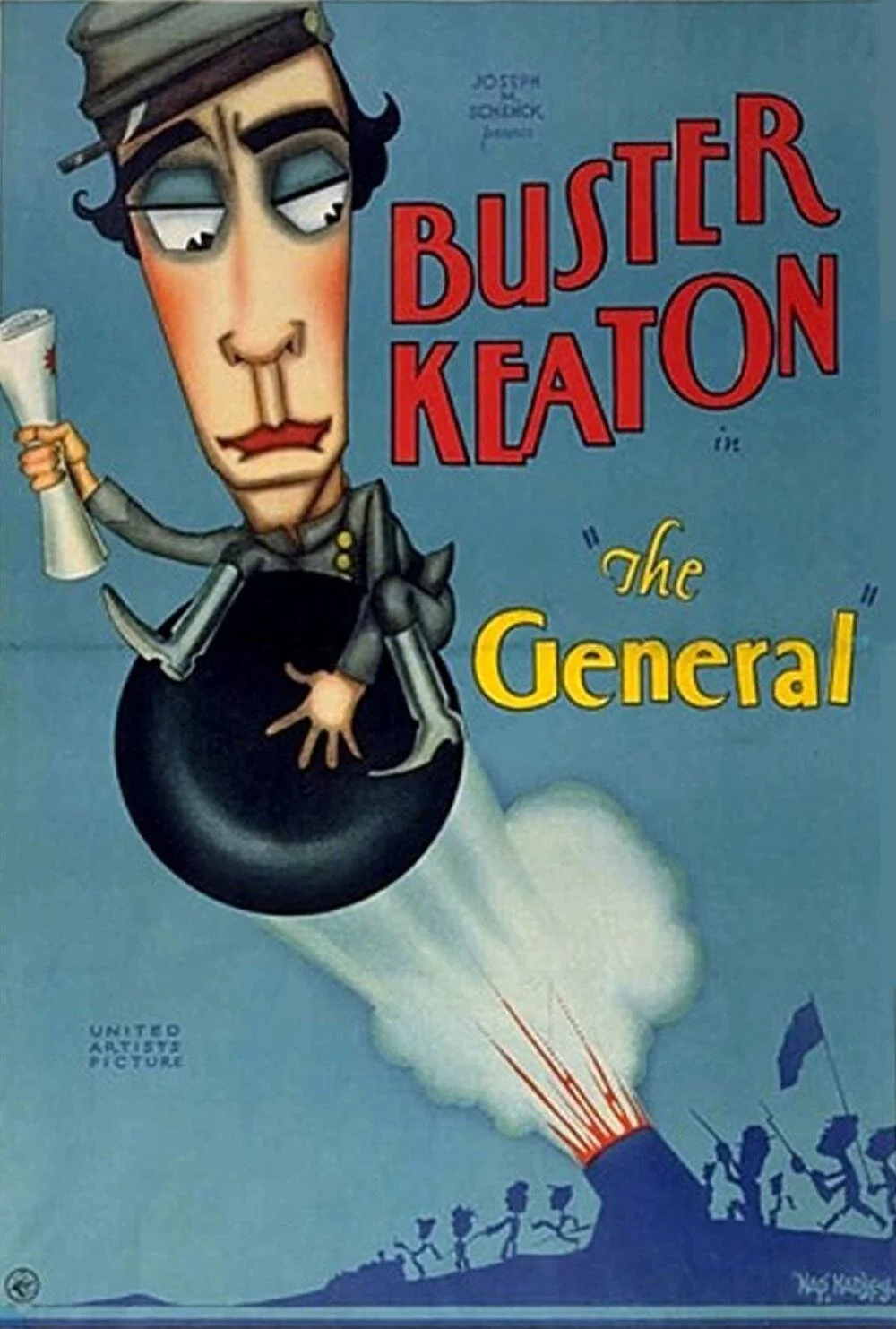The Gold Rush (1925)
Written & Directed by Charlie Chaplin
1998 List Ranking: 74
2007 List Ranking: 58
To get right to the point, after the displeasure of the last two films, The Gold Rush was a sorely needed lift, and it delivered splendidly. I was intrigued by the film before watching it, and after having done so, I have to say that I am fully entranced by it.
I was most worried with this film about connecting with the comedy: in my experience, older comedy films don’t really work today (at least, with me), because the best comedy is timeless, but most comedy is timely. I think back to watching It Happened One Night, from 1934, a romantic comedy (which won Best Picture) that I don’t recall laughing at once. Like, it wasn’t bad, but it wasn’t FUNNY. The Gold Rush, however, IS funny, and I fully attribute that to Charlie Chaplin.
I would consider myself vaguely familiar with Charlie Chaplin, in that I know who he is, I know of his most popular character, the Tramp (featured here in The Gold Rush), and I’m aware of his impact on Hollywood history and the cinematic medium. Having said that, this was my first Chaplin film, and I was most surprised by his sheer, unmitigated brilliance. His style of slapstick comedy still resonates today, at times eliciting a small chuckle, and at others a deep belly laugh.
Chaplin fighting the elements
His excellence at physical comedy seems to be on full display here, as the Tramp (here a “Lone Prospector”) tries his hand at the Alaskan gold rush (which, I admit, I was surprised existed). He stumbles on a cabin in the harsh wilderness, inhabited by a wanted criminal hiding from authorities. They are quickly joined by Big Jim, a man who has discovered a large gold deposit. From there, the physical hijinks ensue; one of the most impressive is Chaplin sliding along a flat floor due to the force of the powerful blizzard storm outside. It was just one brilliant piece of action in a film chock full of them.
The Lone Prospector awaiting his guests
Chaplin, as hilarious as he is, also plays tragedy quite well, too (he is attributed to thinking that comedy and tragedy were not too distant from one another). Once he escapes the cabin (after Big Jim, deliriously starving, imagines Chaplin as an enormous chicken in a brilliant segment that also weirdly feels inspired by the Donner Party), he heads into town and meets Georgia, a saloon girl that he becomes instantly smitten with. Despite having no money, he invites her and her friends to his cabin for dinner on New Year’s Eve. What happens next is so intensely sweet it can almost bring tears to the viewers eyes, as not only does Chaplin work intensely for money, we see that he cleans and decorates his tiny cabin, creates a beautiful and delicious dinner, and even buys and wraps presents for all his guests. It is so sweet that I audibly “Awww”’d at that moment! Of course, it all comes crashing down when Georgia and her friends forget to go, partying instead at the dance hall. Chaplin can hear them singing “Auld Lang Syne” from the cabin, and his visible disappointment is heart-breaking.
Chaplin and the dance of the rolls
The sequence is also notable for one other now-classic Chaplin moment: as he waits for his guests, he daydreams the party to be had, with everyone merry and laughing. When asked to dance, he sticks two forks into some dinner rolls and “dances” with them, as miniature legs and feet. It’s an incredibly well known sequence (and has been imitated quite a few times), and it further endears Chaplin to the audience. I was vaguely aware of the sequence before watching the film, but seeing it in full, in context, just showcased how masterful it is.
The thrilling conclusion
One final note i want to discuss are the special effects of the film. While at times rudimentary, the scope of them is pretty impressive. The highlight of these are the climatic sequence, in which the Lone Prospector and Big Jim end up back at the original cabin (because of plot reasons) and, as the result of another plot-related blizzard, find the cabin perched precariously half-off the edge of a cliff and slowly begins sliding off. Watching Chaplin and Mack Swain (who plays Big Jim) battle gravity, ill-placed doors, and an increasingly slanted floor is both highly amusing but also a bit nail-biting: I mean, they HAVE to make it…don’t they? There are some great special effects shots, such as (what I believe to be) early stop-motion animation, as well as matte paintings that, at the time, must have been jaw-dropping to the audience. Special effects have come a long way since 1925, but for the time, it must have been even more thrilling than it still currently is.
Overall, I enjoyed this film so much more than I expected that I would. There are two more Chaplin films coming up on this list, and I hope that they are just as entertaining as this film, and I know that I am definitely interested in seeing more of his work.
FINAL GRADE: A






